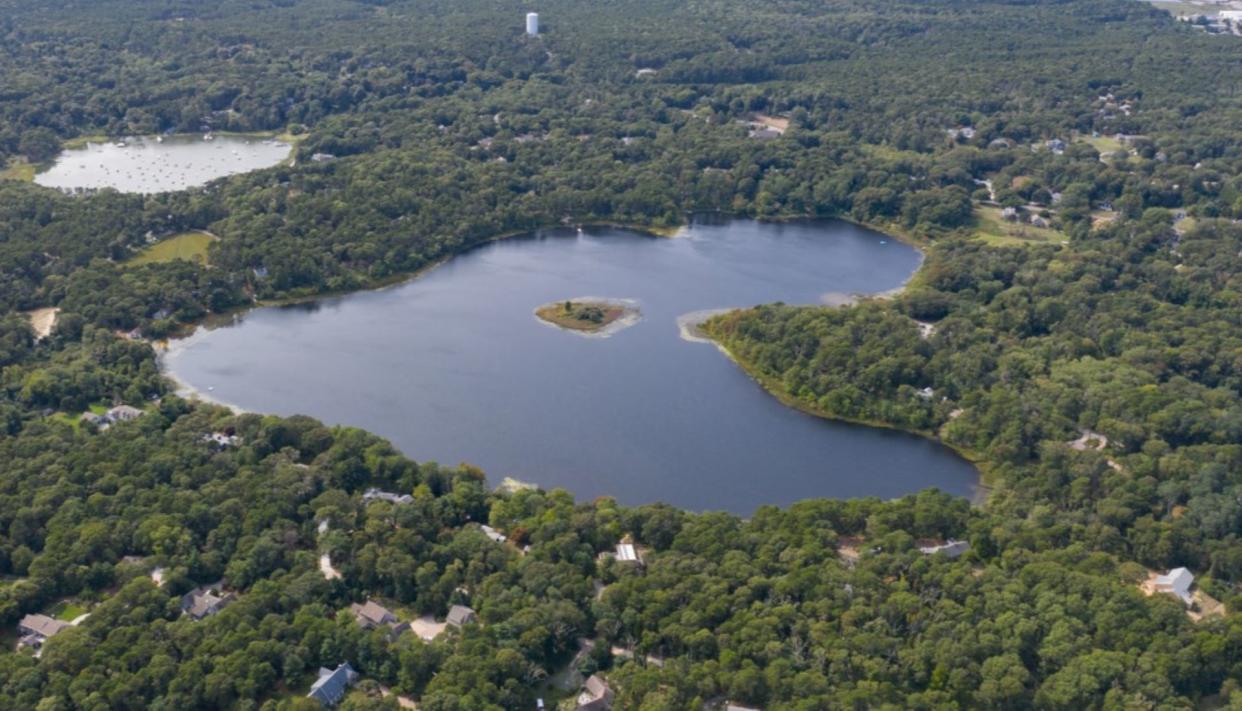Researchers discover concerning danger hiding within freshwater lakes: ‘There is a risk’

Reestablishing former wetlands has the potential to reduce the amount of harmful pollution in our atmosphere, but a new study shows that there might be a hidden catch when freshwater lakes are created.
What’s happening?
Wetlands can capture and store polluting gases. Farming, on the other hand, disturbs the soil and releases long-stored carbon. Researchers have recommended flooding some farmlands to restore them to wetlands in hopes of capturing and storing harmful carbon pollution.
It turns out, though, that how wetlands are restored makes a big difference. Researchers at the University of Southern Denmark have found that improperly restored wetlands could release additional polluting gases.
“There is a risk that new wetlands will end up emitting more greenhouse gases than they take up,” Erik Kristensen, a professor of ecology at the university, said in a statement.
The researchers collected their data from Gyldensteen Strand, a restored wetland in Denmark. Comparing a restored freshwater lake with a coastal lagoon flooded with saltwater, they found that freshwater wetlands released more heat-trapping gases than they stored.
“We see that when there is standing freshwater in a wetland … there is a significant methane emission,” Kristensen said. “The same does not happen in an area flooded with saltwater.”
The difference comes down to methane gas-producing bacteria that thrive in freshwater but struggle in saltwater. Though freshwater wetlands still capture and store harmful polluting gases, these bacteria release more methane than the wetlands can keep up with.
Why is this important?
As scientists and governments recognize the importance of wetlands, efforts to restore wetlands have grown more popular. The findings from the University of Southern Denmark could change how wetlands are restored.
The team found that restored freshwater lakes with standing water release twice the amount of heat-trapping gases as they capture and store. Instead of reducing pollution, wetlands restored with freshwater could create more problems than they solve.
What’s next for wetland restoration?
Wetland restoration is still a valuable approach to mitigating pollution. The researchers found that the saltwater coastal lagoon released no polluting gases, an improvement to cultivated agricultural land.
The team recommended flooding farmlands with saltwater whenever possible to avoid increasing emissions. When saltwater isn’t available, areas should be flooded with only enough water to moisten the ground instead of creating a body of standing water. The studies showed that moistened freshwater areas without standing water didn’t release as much air pollution as standing freshwater wetlands.
“I believe that the knowledge we have gained from Gyldensteen Strand should be included in future action plans so that we can design new wetlands in an intelligent way,” Kristensen said. “Otherwise, there is a risk of creating wetlands that are not climate-friendly.”
Join our free newsletter for cool news and cool tips that make it easy to help yourself while helping the planet.

